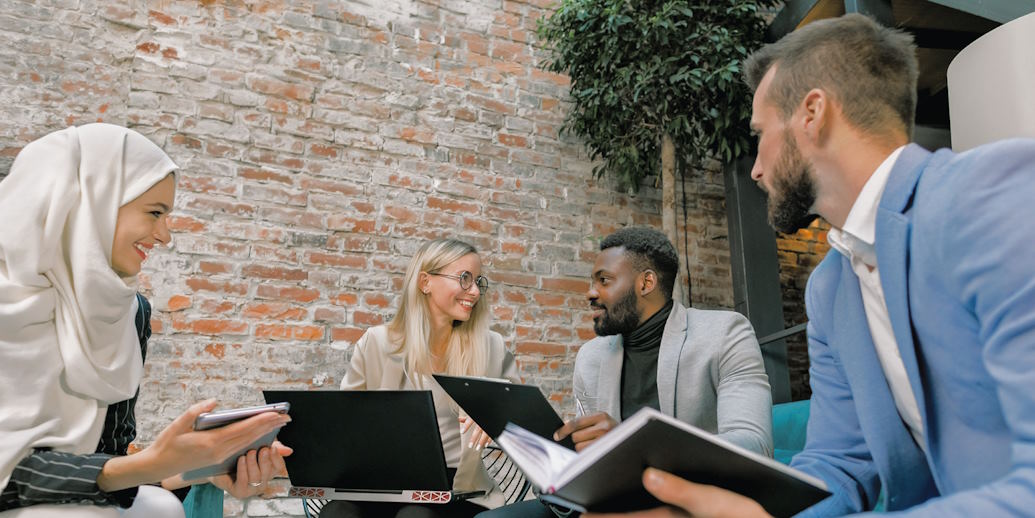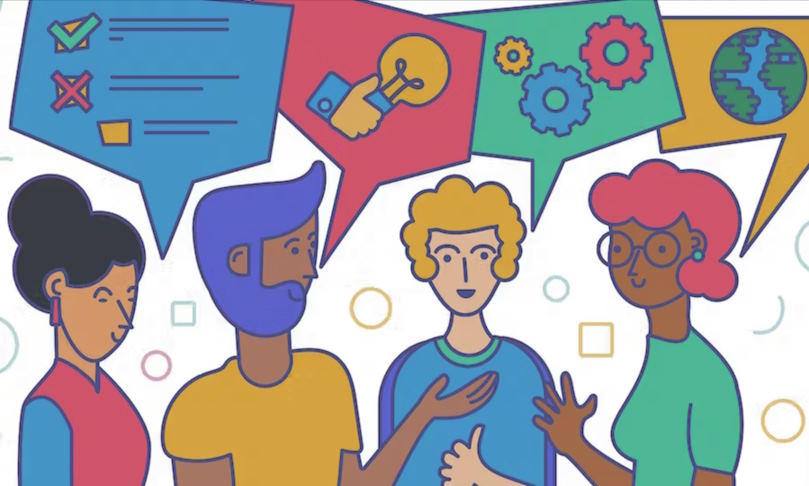Inclusivity and Diversity in Event Planning
Event planning is more than just logistical coordination; it is an art that involves curating experiences that resonate with diverse audiences. Inclusivity and diversity in this context transcend beyond mere buzzwords; they represent fundamental principles that shape the very fabric of gatherings, conferences, and celebrations. By exploring the benefits, challenges, and strategies associated with inclusivity and diversity, we aim to equip event planners with the knowledge and tools needed to create events that leave a lasting positive impact on society and individuals alike.
Understanding the Elements of Inclusivity and Diversity
Inclusivity and diversity are not one-size-fits-all concepts; they encompass a rich tapestry of elements that collectively define the multifaceted nature of human society. To truly embrace inclusivity and diversity in event planning, it’s crucial to understand and appreciate the various dimensions they encompass. Let’s break down these elements into three main categories:
Demographic Diversity
- Age: Age diversity is about acknowledging that attendees span various generations, each with its unique perspectives and needs. A well-rounded event caters to both seasoned professionals and young innovators, ensuring that everyone feels valued and engaged.
- Gender: Gender inclusivity transcends the binary. Event planners should create environments where people of all gender identities feel safe and respected. Gender-neutral restrooms, diverse speaker line-ups, and inclusive language are just a few ways to promote gender diversity.
- Race and Ethnicity: Events should celebrate the richness of different racial and ethnic backgrounds. Incorporate diverse cultural elements, invite speakers from various backgrounds, and be mindful of cultural sensitivities to foster an inclusive atmosphere.
- Sexual Orientation: Inclusivity extends to the LGBTQ+ community. Create spaces where individuals of all sexual orientations can be their authentic selves, offering safe zones for expression and interaction.
- Abilities and Disabilities: Ensure that your event is accessible to everyone. From wheelchair ramps to sign language interpreters and accommodating sensory sensitivities, it’s vital to consider the diverse range of physical and cognitive abilities.
Cultural Diversity
- Language: Language diversity should be celebrated, not overlooked. Provide translation services, multilingual materials, and consider bilingual or multilingual sessions to bridge language gaps.
- Religion and Spirituality: Be respectful of attendees’ religious and spiritual beliefs. Offer quiet spaces for prayer or meditation and provide options for dietary restrictions.
- Traditions and Customs: Learn about the customs and traditions of your attendees and incorporate them into the event experience. This might involve cultural performances, traditional cuisine, or rituals that resonate with specific groups.
Diversity of Thought and Perspective
- Promoting Different Viewpoints: Encourage diverse opinions and perspectives. Panel discussions with a range of viewpoints can stimulate rich dialogue and expand attendees’ horizons.
- Encouraging Open Dialogue: Create a safe environment for open, respectful discussions. Encourage questions, provide platforms for dialogue, and actively listen to feedback to foster inclusivity.
- Fostering Innovation: Diversity of thought breeds innovation. By embracing diverse perspectives, your event can become a hub of creativity and problem-solving, leading to fresh ideas and breakthroughs.
Strategies for Achieving Inclusivity and Diversity in Event Planning
Embracing inclusivity and diversity in event planning is essential, but it requires intentional strategies to be truly effective. Here are five key approaches to ensure your events are welcoming and representative:
Conducting a Diversity Audit: Start by assessing the current state of your event’s inclusivity and diversity. A diversity audit involves evaluating every aspect of your event, from attendee demographics to staff composition. Identify areas where improvements can be made and set measurable goals. This data-driven approach provides a clear baseline and helps track progress over time.

Diverse Programming and Content: Curate your event’s programming and content to appeal to a wide range of interests and backgrounds. Ensure that speakers, panels, and workshops represent various perspectives and expertise. Diverse content not only engages a broader audience but also promotes a richer exchange of ideas.
Inclusive Marketing and Communication: The way you market and communicate your event plays a significant role in attracting diverse attendees. Use inclusive language in promotional materials, and highlight your commitment to diversity and inclusion. Showcase past successes in this area to build trust and credibility with potential participants.
Partnering with Diverse Organizations and Communities: Collaborate with diverse organizations, communities, and affinity groups that align with your event’s goals. These partnerships can help you tap into new networks, broaden your reach, and gain valuable insights. Such collaborations also send a strong message about your commitment to inclusivity.
Training and Education for Event Staff: Invest in training and education for your event staff to foster a culture of inclusivity. Provide resources and guidance on topics like unconscious bias, cultural sensitivity, and accessibility. Empower your team to recognize and address potential challenges related to inclusivity and diversity.


